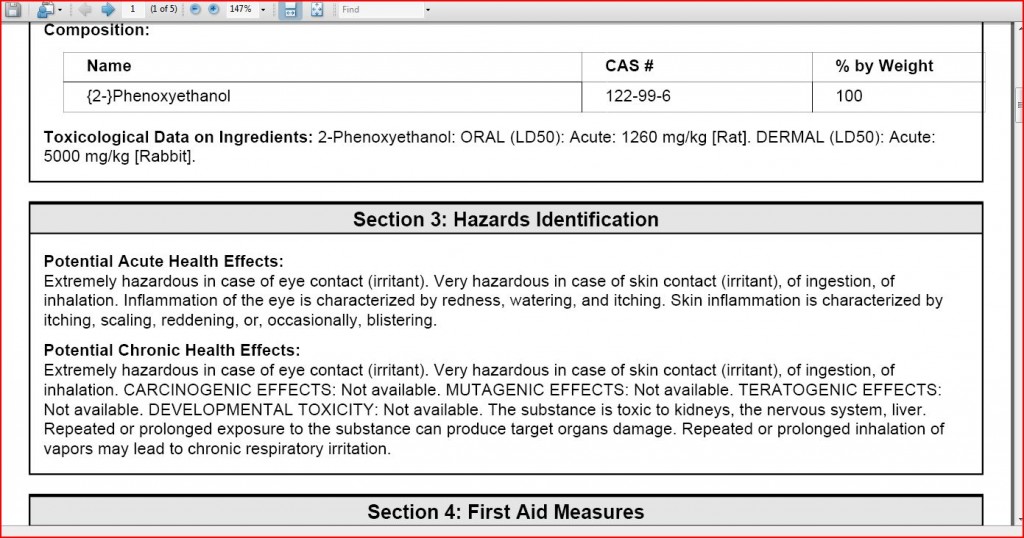This month, I’d like to look at vitamin supplements. First, let me set the stage a bit.
I tend to include supplements in my discussion of ‘personal care products’ because although they are not external hygiene products, they are nonetheless thought of by millions as necessary for taking care of oneself. And today, similar to the various hygiene products, they are often chock full of potentially problematic synthetic ingredients.
For decades, we have been told to take vitamin supplements. This has been a valid recommendation in one sense, because of the declining nutritional quality of our food supply. Whether we’re eating processed foods or whole foods grown in nutrient depleted soils (a dangerous consequence of ‘big ag’ farming techniques), it is a valid concern whether or not we’re getting the nutrition we need. We have an abundance of ‘food’ in the US, but we are often starved for real nutrition. Lots of calories, few nutrients. So, we need to take vitamin supplements to boost our intake of nutrients.
Or so we’re told.
The problem is that most vitamin supplements contain isolated, synthetic nutrients that are mass produced to be inexpensive. Or sometimes, they’re expensive but little or no better quality that the cheap stuff (huge profit margins for the companies – right.)
But vitamins and minerals were never created to work in isolation. Some may seem to give benefits for a time, but over time, they often either stop working, or they may actually produce harm. Many of these pills are never even absorbed by the body – they just pass through the digestive system whole. As it turns out, in some cases, maybe that’s for the best – except for the huge waste of money.
What’s problematic about synthetic vitamins is a huge topic, and I will readily confess that I am no expert on this and not even very good at explaining what I do know. But, I’ve seen enough research to want to apply the precautionary principle yet again and just focus on food. Clean, sustainably grown food. Food, water, air, and sunshine is all we were created to need. Any supplementation we do in our family, to cover gaps in our diet due to a lack of variety (we’re still learning and I have a couple picky eaters!), will be food. Just food. Period. (I love the Miessence superfood products for that reason – they are just food, with a strong focus on variety, not hyping up some miracle ingredient. Abundant variety of life is the real miracle.)
Watch out for ‘food-based’ or ‘whole-food based’ supplements. They may be fine, but you really have to read labels and ask questions (yes, that’s sorta my motto). Many food-based supplements still contain synthetic isolates, and those that come in pill form will usually have binding and filling ingredients.
One such ingredient of controversy is magnesium stearate. Some say it’s bad. Some say it’s fine. Personally, I’m left then with the precautionary principle – just avoid it if there’s any doubt. Instead, focus on healthy, nutrient-dense foods.
Check out the 5-minute video in this article from Dr. Mercola for a quick overview of the potential concerns. You can then search his site for other articles on this topic.
Interestingly, one of the loudest rebuttals seems to focus on safety and benefits of stearic acid, not magnesium stearate – why is that? What’s the difference? I honestly don’t know.
Both sides are selling something. So am I. Nothing wrong with that – just decide what most aligns with your thinking.
For me, I go back to the precautionary principle and my general desire to get as close as possible to how God made things. If we focus on food, we don’t even have to worry about it. If stearic acid or magnesium stearate naturally occurs in a food, then personally, I feel I can trust that God also created the rest of that food to work in harmony with those compounds and with my body. If these compounds are isolated, or synthetically produced and used with other isolated synthetics, then I’m not so sure about that.
Real food as much as possible – sourced in ways that honor God’s natural systems of provision for us. Apply the precautionary principle – avoid the synthetics. That’s where I end up amidst the controversy. Let them duke it out. I’ll just enjoy real food and be in awe of God’s provision for me.
(Another great resource… Check out this webinar Narelle – formulator of the Miessence products – put together recently. It’s about an hour, but the general information is very helpful, as well as the Miessence-specific info.)
